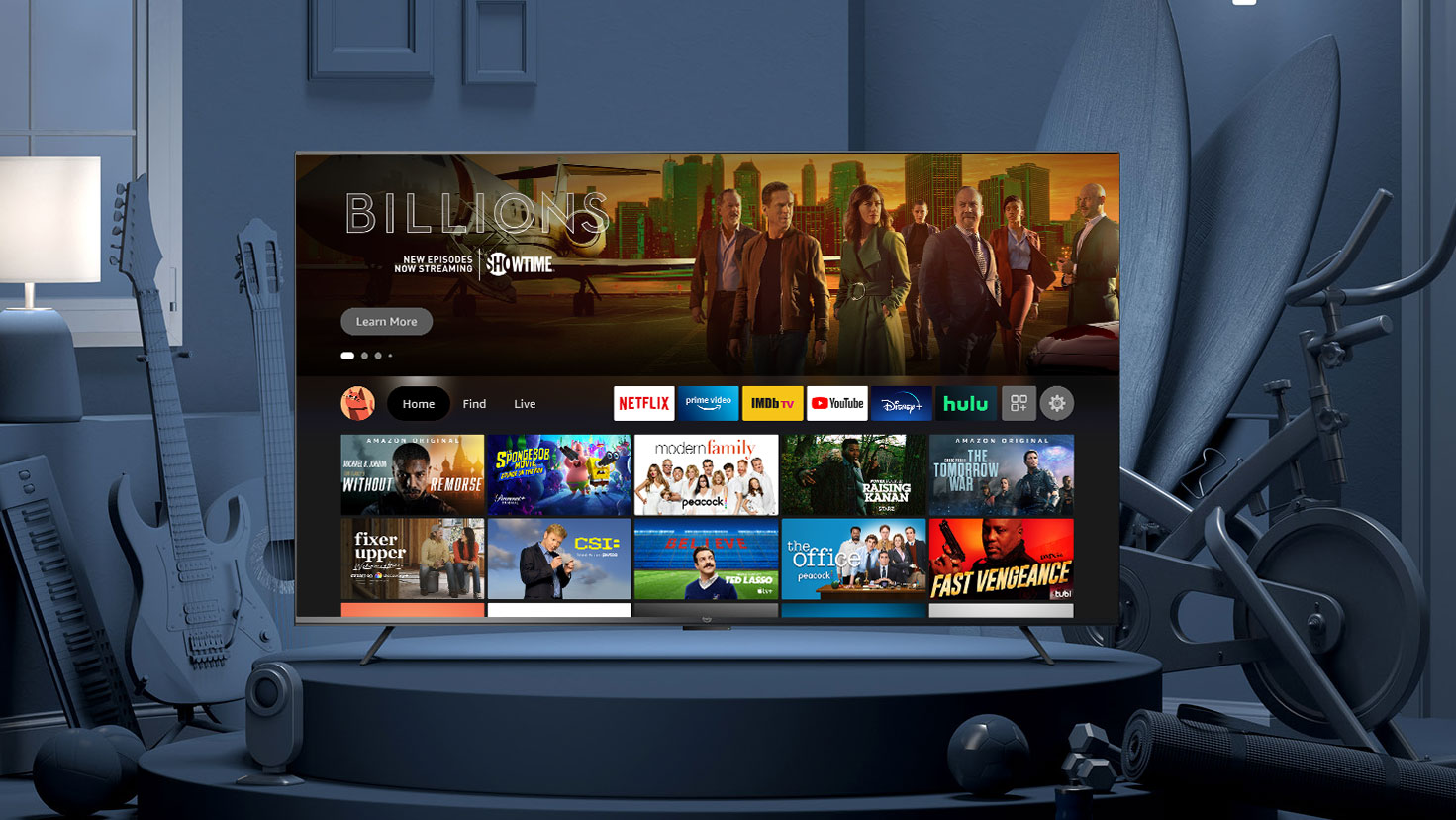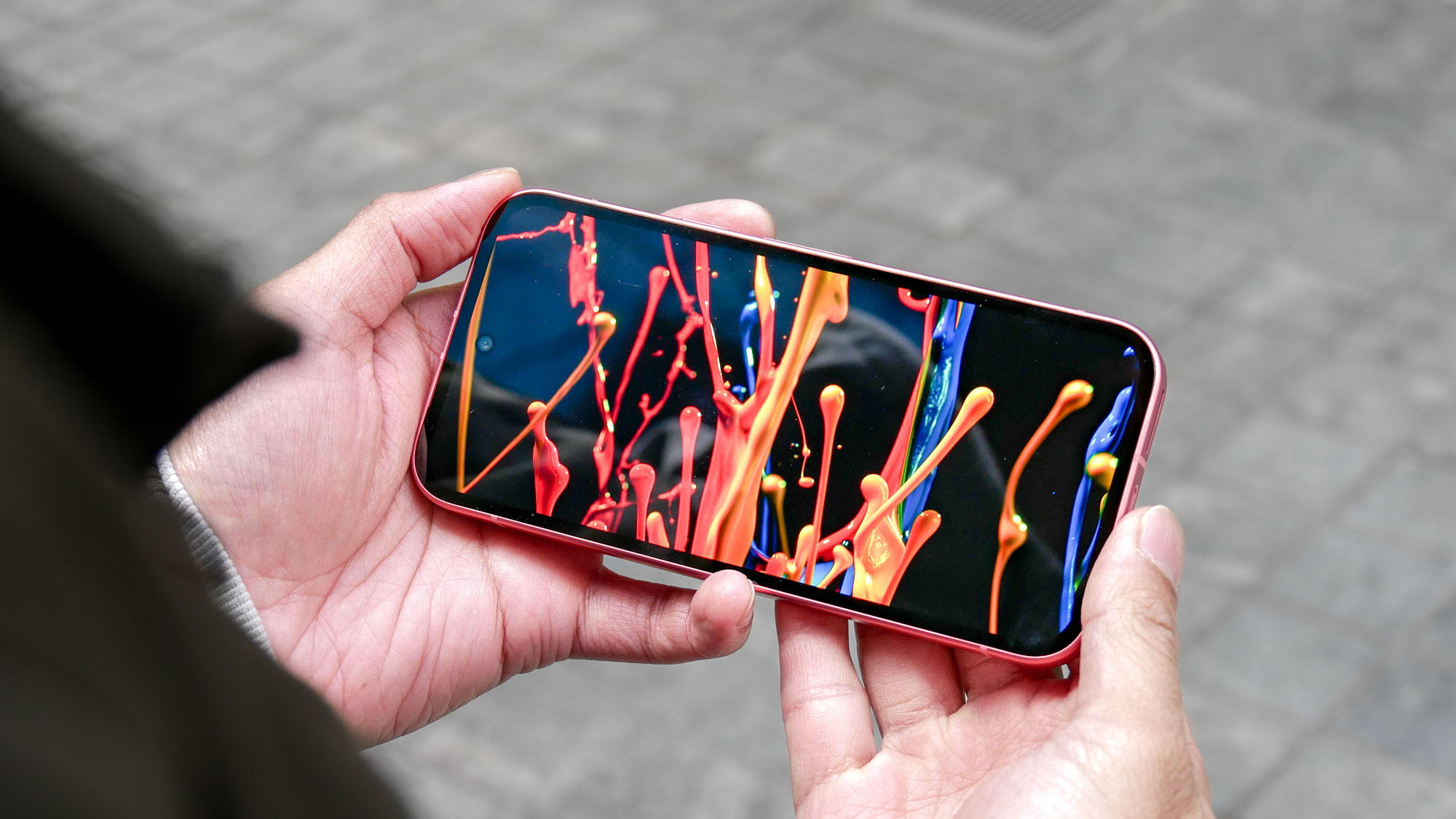I thought Amazon Fire TVs were trash — but the new Omni changes that
I try to be humble, but it looks like Amazon finally took my advice.

Amazon has been making waves in the TV world this last week, announcing two new model lines of smart TVs that use the Fire TV platform and (in a first for the retailer) bear the Amazon name. With the new Amazon Fire TV 4-Series and Omni Series TVs available for sale now, it's a big change in how Amazon approaches the smart TV category.
With more premium pricing and an expended feature set, the latest Amazon Fire TVs look better than ever, and do more than just serve up Amazon's streaming services and ads for Amazon products. But it's also a big change to more premium products, a pivot from the budget-shopper segment the company pursued so aggressively in recent years. It could signal a bigger shake up for the TV world, too.
- The best TVs
- Best streaming devices
- Plus: Venom 2 post-credits scene hype is through the roof — here’s why
A brief history of Amazon Fire TV
Amazon has been in the streaming game since early 2014, when they first announced the first-generation Fire TV streaming stick. It was the first of many, and Amazon's growing family of Fire TV streaming devices has grown to include new options, competitive features like live TV playback and ever more sophisticated voice control with Alexa.
Amazon TVs launched in 2017, and were essentially cheap full HD and 4K models with the streaming hardware built-in. Coming from manufacturers like Element, Westinghouse, Toshiba and Best Buy's store brand Insignia, these first few years of Amazon Fire TV Edition smart TVs were poorly named – seriously, I have spent far too many nights pondering the best way to parse things when talking about "Fire TV Edition TVs" – but they were also cheap to buy, often selling for the lowest price of any 4K smart TV.
In 2019, after reviewing several of those early models, I had seen enough. Those first few years of Amazon Fire TV Edition smart TVs weren't great. So I staged an intervention. Actually, I wrote an op-ed complaining about the fact that Amazon's software was plenty usable (aside from a penchant for heavy-handed advertising), and that the entire Fire TV lineup was hurting from the lousy hardware these TVs used.
I had a list of complaints, but one particular bit of advice was to get better hardware manufacturers. I actually said "If I were Amazon, I would be begging TCL to make the next Fire Edition TV."
Did Amazon just follow my Fire TV advice?
Well, it only took a couple of years, but it seems like Amazon is finally following some of my advice. It has added HDR support. It has stepped up the quality of sets from Insignia and Toshiba. (Check out Toshiba Fire TV vs Insignia Fire TV: Which sub-$500 smart TV wins? to see the latest models compared side-by-side.) The Fire TV interface has gotten a much-needed update, and has made some policy changes around advertising that may actually temper the retail giant's tendency toward aggressive ads.
Sign up to get the BEST of Tom's Guide direct to your inbox.
Get instant access to breaking news, the hottest reviews, great deals and helpful tips.
And, at long last, Amazon is coming out with its own, Amazon-branded TVs, with better construction and improved features. Not only that, but if rumors are to be believed, some of these sets are actually being manufactured by TCL – the biggest suggestion I made to Amazon back then.
When I reached out to TCL to get a comment about the new TVs, they couldn't tell me much. "It is common for TCL to provide both components and assembly for our branded TV competitors," said one TCL representative. As to whether they were making some of Amazon's new Fire TVs, they couldn't say, but did say that "our business operates with confidentiality agreements that prohibit us from revealing those brand names." Take that as you will.
A big change for Amazon...
Regardless of who is making the new sets, Amazon has taken some important steps toward making Fire TV a serious player in the smart TV space.
New smart features integrated Amazon-owned products like Ring video doorbell cameras and Alexa skills for all sorts of smart home devices. These are big gaps to fill if Amazon wants to be competitive against the recently revamped Google TV, which has rapidly become one of the best smart TV operating systems out there.
With the improved hardware comes higher prices, which is a two-way street when it comes to tech products. Obviously, there is a strong contingent of shoppers who want lower prices, no matter what the product offers. But for most shoppers, price is a pretty clear indicator of product quality. And that's not just a matter of priming and anchoring, there's a clear correlation between the price band a TV falls into and the level of features, performance and construction you can expect from a TV.
The new prices on Amazon's Omni TVs in particular reflect a growing confidence in Fire TV as a brand, and in the public's estimation of Fire-powered TVs. Whether the new Fire TV 4-Series and Omni Series models help cement that confidence in the minds of the buying public has yet to be seen. But I, for one, am glad to see Amazon stepping up its smart TV game.
... and a bigger change for smart TVs
An ascendant Amazon-powered smart TV line from the online shopping giant wouldn't just be a way for Amazon to make more money. It would also pose a real challenge to competitors, particularly Google and Roku, who have had leading positions for third-party TV software.
Amazon has always taken a piece of this pie, thanks almost entirely to the extreme affordability of its Fire TVs, which are frequently the headliners among steeply discounted TVs during sales like Black Friday and Amazon Prime Day. Sure, Fire TV has some solid smart features, but that hasn't always been the primary selling point for these TVs. The bargain-bin pricing is what makes Fire TVs top sellers, not the feature set.
But the new models have fleshed things out with far-field microphones for hands-free voice control, and deeper integration with Amazon-owned smart home brands, like Ring, will put the new Fire TVs more firmly at the center of the connected home. Voice activated Zoom calls and USB webcam support will also compete directly with similar Google Duo functions offered on Google TV models. Fire TVs are finally digging into the smarter side of smart TVs, which goes beyond simple streaming.
Coming from the company that truly brought voice-based products to the mainstream, this is a gauntlet thrown. And it couldn't have come at a better time. If Amazon suddenly has a real competitor to the best Roku TVs, or the latest Google TV models, then the smart TV market just got a lot more interesting.
Brian Westover is currently Lead Analyst, PCs and Hardware at PCMag. Until recently, however, he was Senior Editor at Tom's Guide, where he led the site's TV coverage for several years, reviewing scores of sets and writing about everything from 8K to HDR to HDMI 2.1. He also put his computing knowledge to good use by reviewing many PCs and Mac devices, and also led our router and home networking coverage. Prior to joining Tom's Guide, he wrote for TopTenReviews and PCMag.
-
dunc6 Replyadmin said:Amazon is stepping up its smart TV game, and not a moment too soon.
I thought Amazon Fire TVs were trash — but the new Omni changes that : Read more
they are all still 60hertz panels. not a quality set without 120 hertz. -
anscarlett "I try to be humble, but it looks like Amazon finally took my advice"Reply
Looks like you misunderstood the meaning of the word humble

